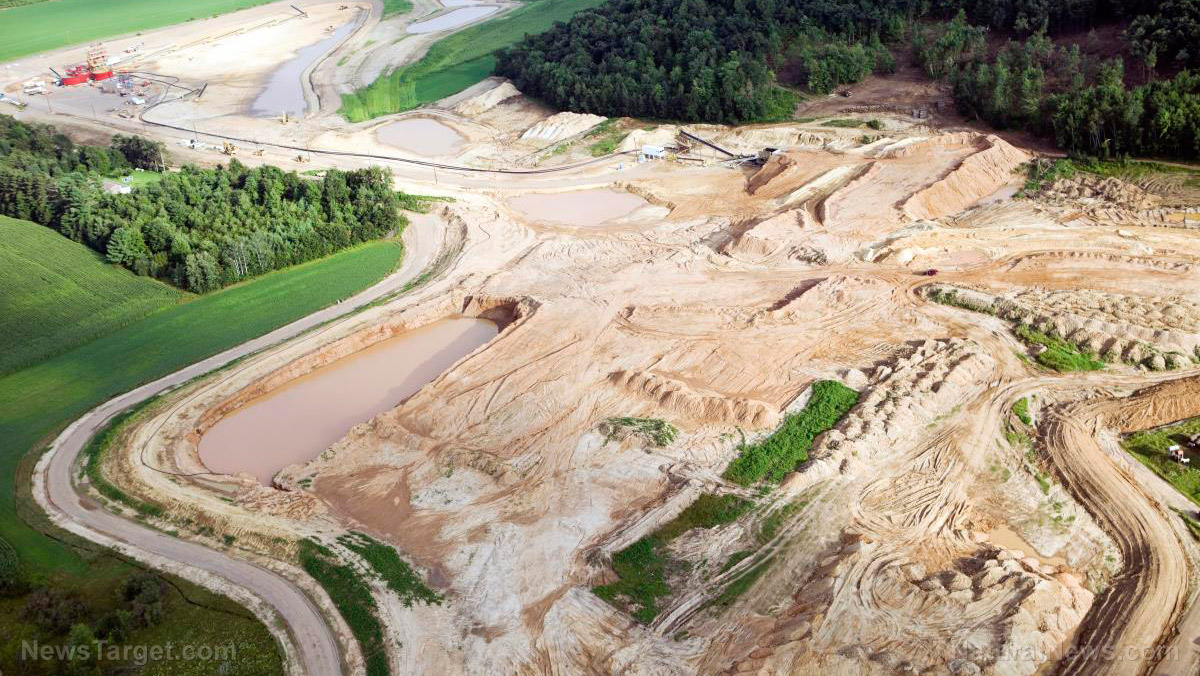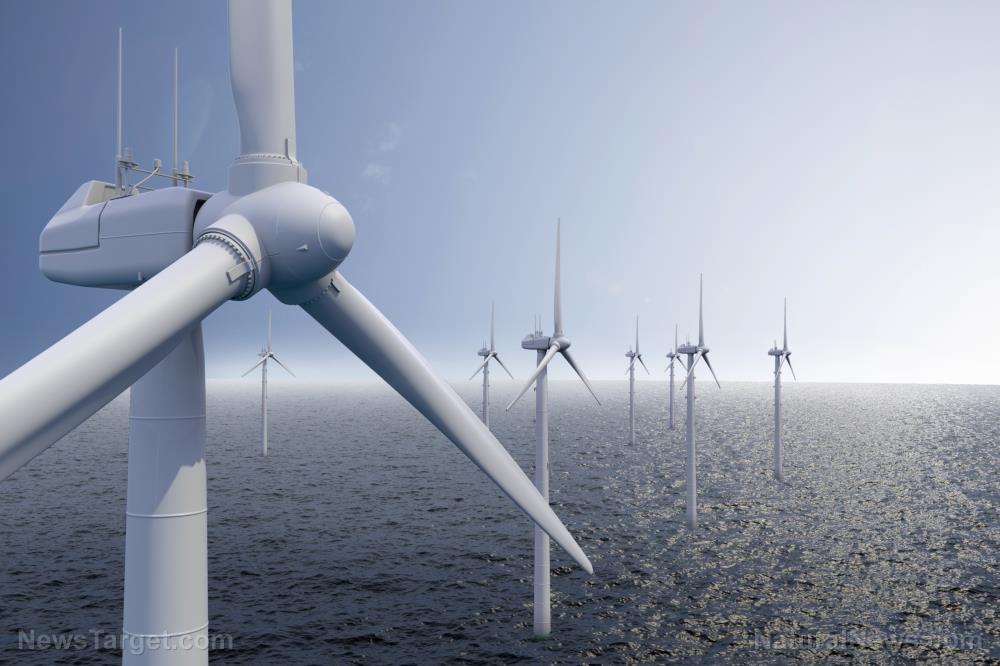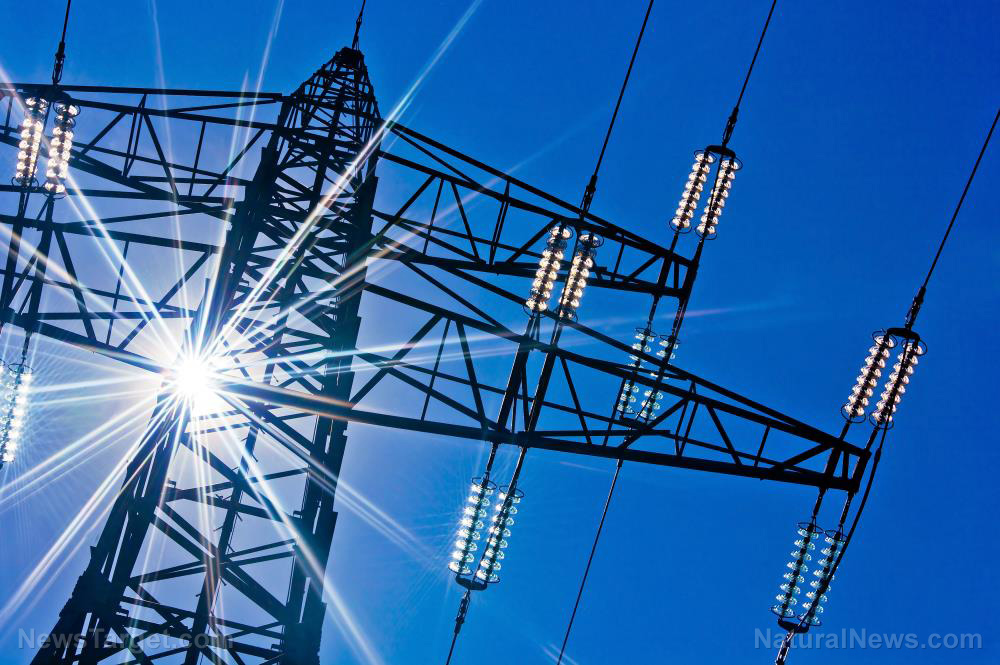New natural gas-powered AI data center unveiled in Pennsylvania
04/04/2025 / By Willow Tohi

- A former coal-fired power plant in Homer City, Pennsylvania, will be replaced by a 10 billion natural gas-powered data center campus, set to become the largest in the U.S. and operational by 2027.
- The project will generate up to 4.5 gigawatts of electricity, helping to counter the Mid-Atlantic’s impending energy shortfall as aging grid infrastructure retires.
- Expected to create over 10,000 construction jobs and 1,000 permanent high-paying roles, the project aims to revitalize the local economy and support national energy independence.
- While natural gas offers a reliable energy source for AI and high-performance computing, environmental concerns persist over fracking’s impact, including water contamination and greenhouse gas emissions.
- The project highlights the tension between economic growth and environmental protection, with stakeholders urged to carefully manage resource extraction (e.g., lithium from fracking wastewater) and long-term sustainability.
On the site of Pennsylvania’s largest former coal-fired power plant, which was decommissioned last year, a groundbreaking $10 billion project promises to transform the region into a powerhouse of artificial intelligence and high-performance computing. The new Homer City Energy Campus, scheduled to begin construction this year and be operational by 2027, will bring up to 4.5 gigawatts of natural gas-powered electricity to the area. Spearheaded by Homer City Redevelopment and Kiewit Power Constructors Co., this ambitious venture is poised to address the nation’s growing energy crisis, particularly in the Mid-Atlantic region, where nearly a fifth of the electrical grid is expected to retire by 2030. The project also promises to recharge the local economy, creating thousands of jobs and bolstering national energy independence. But as industry giants look to natural gas for energy and lithium supplies, environmental activists and policy experts are raising concerns about the environmental trade-offs.
A bold reimagining for Homer City
Homer City, Pennsylvania, once home to one of the country’s largest coal-fired power plants, is poised for a massive transformation. The demolition of the former Homer City Generating Station last month has made way for what is expected to be the largest natural gas-powered data center campus in the United States. The $10 billion project, announced by Homer City Redevelopment (HCR) and Kiewit Power Constructors Co., will cover 3,200 acres, strategically located 50 miles east of Pittsburgh and within 300 miles of major metropolitan areas like New York and Washington, D.C.
William Wexler, president and CEO of HCR, emphasized the significance of this redevelopment: “This project will honor Homer City’s place in the proud history of Pennsylvania energy generation, while accelerating the state and local community’s ability to meet the needs of a rapidly shifting energy landscape.” He added, “We are committed to ensuring that this transformation happens quickly and efficiently, working alongside our partners to capitalize on this unprecedented economic opportunity.”
The project is not just about infrastructure but also about meeting the energy demands of the future. The Mid-Atlantic region faces a significant energy shortfall, with more than one-fifth of the PJM system’s capacity expected to retire or reach the end of its useful life by the end of the decade. The new data center campus is expected to supply enough power for thousands of homes and multiple large data center customers, making it a critical player in the push for energy resilience.
Fossil fuels and the energy transition
As the demand for artificial intelligence (AI) and high-performance computing (HPC) surges, the need for reliable power sources becomes increasingly critical. In the current technological landscape, fossil fuels, particularly natural gas, remain the most dependable sources capable of meeting the high consumption requirements of AI and HPC systems. The new campus will be powered by natural gas produced in the Marcellus Shale region, a major natural gas formation that spans Pennsylvania, West Virginia, Ohio and New York.
Despite the promise of renewable energy sources like wind and solar, experts note that fossil fuels still provide the most consistent and scalable power in the short term. “While the push for renewable energy is commendable, the reality is that we need a balanced approach,” said Robert Charette, author of “The EV Transition Explained.” “Fossil fuels can provide the base load power that renewables often cannot, especially during peak demand periods.”
The reliance on natural gas, however, comes with its own set of challenges. Environmental groups are concerned about the environmental impact of hydraulic fracturing (fracking), a process often used to extract natural gas from shale formations like the Marcellus Shale. “We need to consider the broader environmental implications, including water contamination and greenhouse gas emissions,” said an unnamed environmental activist. “While natural gas may offer a cleaner alternative to coal, it is not without its drawbacks.”
Economic and environmental trade-offs
The economic benefits of the new data center campus are significant. The project is expected to create more than 10,000 construction-related jobs and approximately 1,000 permanent high-paying positions in technology, operations and energy infrastructure. Senator Joe Pittman, R-Indiana, hailed the news, calling it “historic and exciting. This $10 billion capital investment will bring much-needed economic growth to the region and secure a brighter future for generations to come.”
However, the economic opportunities come at a cost. The extraction of natural gas and lithium through fracking raises concerns about environmental sustainability and human health. “The pursuit of these resources is essential for energy independence, but it cannot come at the expense of our environment,” said an environmental analyst at the Pennsylvania Department of Environmental Protection. “We need to carefully balance economic growth with environmental protection.”
Moreover, the competition for lithium supplies further complicates the picture. A study by the National Energy Technology Laboratory (NETL) suggests that wastewater from the Marcellus Shale could supply up to 40% of U.S. lithium needs, a critical component in powering electric vehicles and advanced electronics. However, the same process of fracking that extracts natural gas also contributes to the extraction of lithium, raising questions about the environmental and economic trade-offs.
Looking ahead: A shifting energy landscape
As the Homer City Energy Campus moves forward, it signals a shift in how we approach energy production and consumption. While natural gas provides a vital link between the current energy infrastructure and the future of AI and HPC, its role in the broader energy transition remains uncertain. The project’s developers, along with policymakers and industry leaders, must carefully navigate the complex interplay between economic growth and environmental protection.
William Wexler’s optimism is shared by many: “This project is not just about building a data center; it’s about reimagining how we generate and use energy.” As the region moves toward a more resilient and sustainable energy future, the Homer City Energy Campus will play a crucial role in ensuring that the needs of today are met without compromising the needs of tomorrow.
The transformation of the former Homer City Generating Station into the nation’s largest natural gas-powered data center campus is a bold step in the energy transition. While it promises to address growing energy demands and stimulate economic growth, it also highlights the complex trade-offs between energy production, environmental sustainability and national security. As the project progresses, stakeholders will need to carefully balance these competing priorities to ensure that the benefits of the new campus extend far into the future.
Sources include:
Submit a correction >>
Tagged Under:
AI, Big Tech, coal plant, data center, economy, electricity, energy supply, future tech, Glitch, natural gas, pensions, power, progress
This article may contain statements that reflect the opinion of the author
RECENT NEWS & ARTICLES
PowerGrid.News is a fact-based public education website published by Power Grid News Features, LLC.
All content copyright © 2018 by Power Grid News Features, LLC.
Contact Us with Tips or Corrections
All trademarks, registered trademarks and servicemarks mentioned on this site are the property of their respective owners.



















